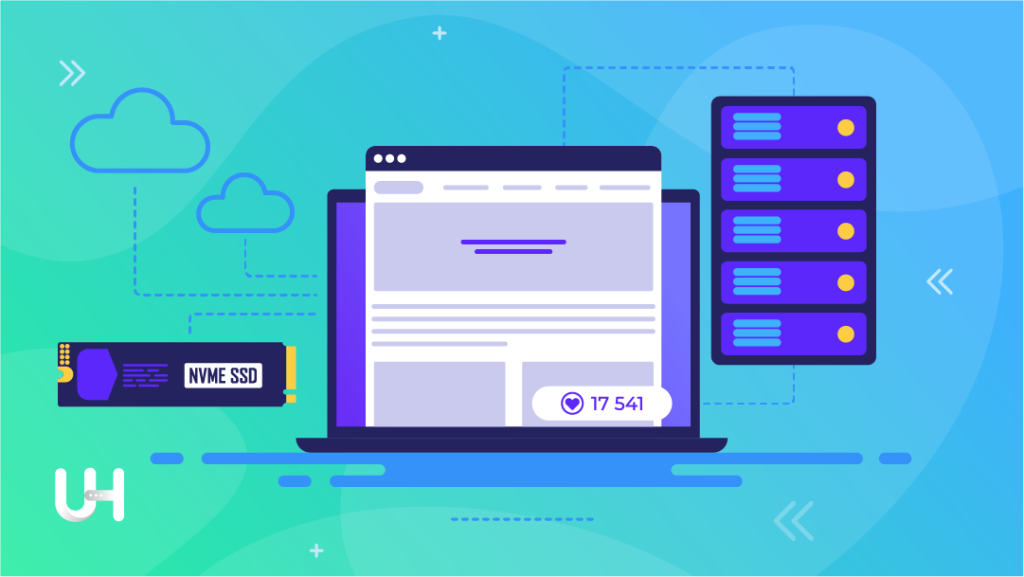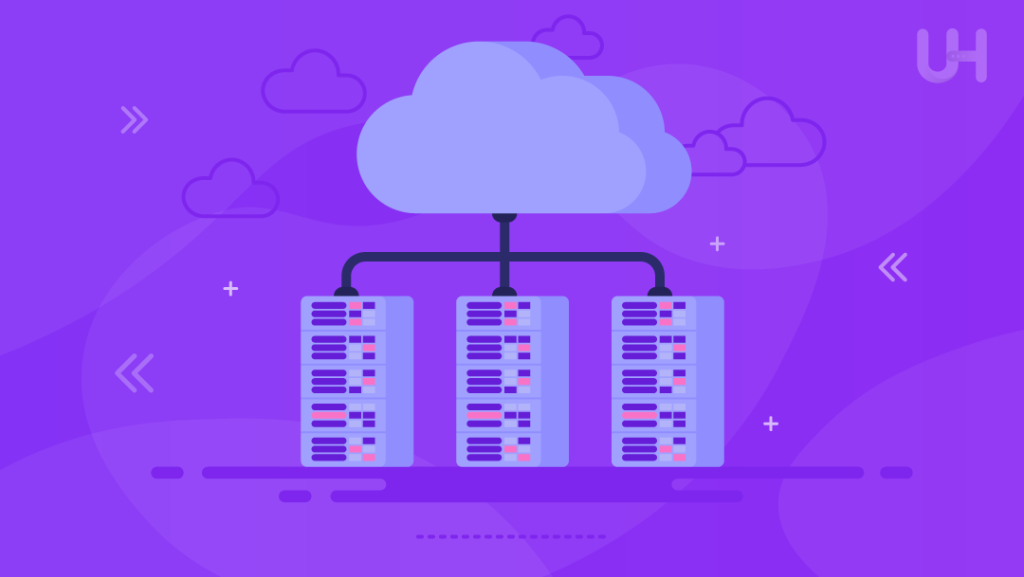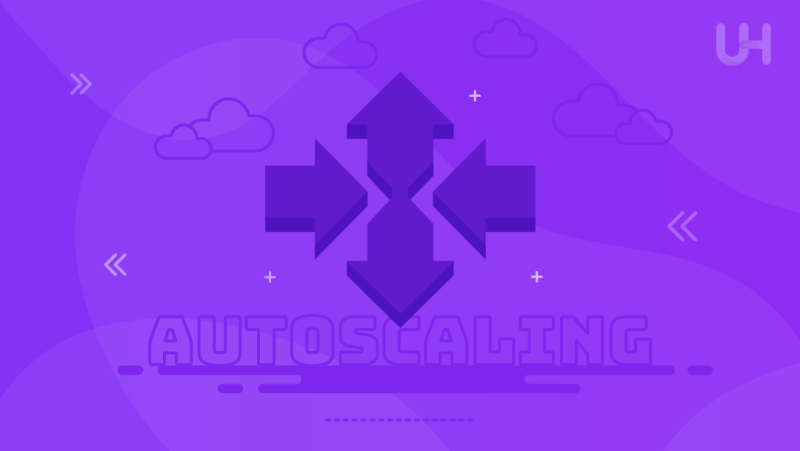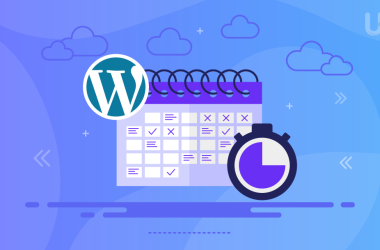The digital business landscape is becoming very dynamic, and the requirements keep changing. So, one needs to adjust to the different demands and see that an application runs and performs the best. That’s just where Autoscaling fits in. Autoscaling is a critical modern cloud computing feature that automatically scales computational resources per the current load and demand. By understanding and implementing autoscaling, businesses can be more efficient, save costs, and provide more reliable service.
In this article, we will discuss what autoscaling is, how it works, its types and benefits, and how it compares with load balancing.
What is Autoscaling?
Autoscaling provides an automated means of scaling compute, memory, or networking resources on demand in line with surges and usage patterns. Without this, the resources would have remained fixed and, therefore, would be unable to stretch when demand surged or contract when less was required. This flexibility is critical to the optimization of resource allocation and costs.
Autoscaling is important in modern cloud computing. It supports the basic principle of a cloud: pay for what will be used through elastic resources such as server capacities or virtual machines that scale up or down according to demand. In autoscaling, burstable instances and services are also included, with a baseline level of resources, which scales under pressure to ensure efficient performance.
How Does Auto-Scaling Work?

Autoscaling of instances works differently based on the platform and resources a business uses. Here are two different approaches:
Horizontal Auto-Scaling
Level-scaling is increasing or decreasing the number of nodes, which may be Kubernetes pods, handling some workload. Horizontal scaling is quite alluring since additional capacity is added without bringing existing nodes down for modifications, hence faster than vertical scaling. Horizontal scaling cannot be done on all applications or workloads efficiently.
Vertical Auto-Scaling
This strategy involves changing the memory and processing power of the existing nodes. For example, suppose you have two server nodes with 16 GB RAM and four virtual CPUs; you can enhance their capacities through vertical scaling. However, certain scenarios, like relational databases, could not be designed to function with workloads. In this case, vertical scaling may be the only option in times of growing demand. However, this scaling method, unlike horizontal scaling, is less amenable to automation.
Types of Autoscaling
There are three main kinds of auto-scaling, which the activation of servers can differentiate:
Predictive Auto-Scaling
Predictive auto-scaling performs best in environments where managed virtual server loads are mostly constant. This technique uses AI to predict traffic surges and provide more server resources for those periods in advance. This approach pumps up servers way ahead of time for such spikes, ensuring the smooth running of applications during peak times and providing better performance and user experience.
Scheduled Auto-Scaling
Scheduled auto-scaling entails planning for peak loads by scheduling extra servers at certain times. In contrast to predictive auto-scaling, it requires human intervention to identify when extra resources will be needed. This method is particularly advantageous for eCommerce hosting sites, where traffic spikes are common during sales events or promotional periods. It ensures your online store remains performant and responsive.
Reactive Auto-Scaling
In this approach, additional dedicated hosting servers are brought online automatically based on criteria defined by an administrator in advance. An administrator would define a threshold for responding to key performance metrics, such as the server utilization rate. For instance, secondary servers could be configured to automatically switch on when a primary server reaches 80% capacity for one minute. By definition, the actual amount of traffic reaching the system is reacted to with reactive auto-scaling.
Optimize Your Cloud Storage Today!
Are you ready to enhance your cloud storage capabilities with seamless autoscaling? Discover the power of UltaHost’s Cloud Storage VPS for a scalable and efficient solution tailored to your needs.
Autoscaling in Cloud Computing
Autoscaling in cloud computing is the ability of an enterprise to automatically scale up or down the offered cloud services based on traffic. Moreover, tools for autoscaling are available from AWS, Microsoft Azure, and GCP.
Autoscaling offers the potential to reduce costs while ensuring reliable performance through dynamic adjustments in instance sizes as varying situations affect demand. This will ensure that application performance is manifested even when traffic is unpredictable or at variance. Over any spike in traffic, autoscaling will automatically add or remove servers. Each server gets configured, monitored, and retired through the autoscaling system.
For instance, autoscaling reacts quickly to adjust resources in a DDoS attack, supported by efficient monitoring and well-defined policies. An autoscale database can similarly adjust its capacity by either starting up or shutting down to meet an application’s demands.
Operations of Auto Scaling
Usually, auto-scaling involves the following actions:
- Monitoring: The cloud platform keeps an eye on several application-related indicators continuously.
- Threshold Definition: Based on particular metric thresholds, users build scaling policies that indicate when to scale up or down.
- Scaling Actions: The auto-scaling system starts scaling when a metric surpasses a predetermined threshold.
- Resource Allocation: Depending on demand, new instances are started, or old ones are shut down.
Benefits of Autoscaling
Autoscaling technology brings many benefits compared to a static instance configuration that does not automatically adjust. These include:
- Cost Savings: Autoscaling reduces the cost since it enables resources to scale out only in cases where they must and scale down if there is lesser traffic, unlike the static approach where organizations have to over-provision resources to accommodate potential traffic spikes, hence becoming more expensive.
- Enhanced Automation: It is possible to add resources manually, though this is neither efficient nor scalable. Autoscaling automates managing resources according to predefined policies to attain more efficient performance, lowering the need for human intervention.
- Stable Performance: Autoscaling policies allow cloud security administrators to set and maintain desired performance levels, ensuring that applications always improve their performance.
- Increased Fault Tolerance: It continuously monitors a workload’s health and performance. In cases of errors or hardware failures, it automatically replaces or scales resources to improve reliability.
- Improved Service Availability: Autoscaling adjusts resources in real time to maintain continuous service availability even during heavy traffic or loads, against which static configurations are usually too weak to handle.
Auto-Scaling Vs Load Balancing

Load balancing is directly related to application auto-scaling, aimed at leveraging back-end operation through monitoring server health, traffic management, and server resource alteration. Lastly, many load balancers come with built-in support for autoscaling.
Load Balancers distribute loads appropriately by improving the application’s availability, performance, and network latency. Autoscaling policies can be defined as automatically increasing or decreasing the number of instances depending on the application’s needs. This policy tells the load balancer how to distribute traffic among those instances.
The elastic load balancer monitors the health of each instance and distributes incoming traffic among them. It ensures that no single instance gets overwhelmed by rerouting traffic when necessary.
Integrating autoscaling with an elastic load balancer allows for the distribution of traffic in a round-robin fashion to instances, resulting in them being monitored less and less manually. Moreover, this integration allows autoscaling to differentiate its action in adjusting the level of resources from that of a load balancer in charge of traffic distribution.
Conclusion
Autoscaling in cloud computing is one of the major features of dynamic resource management, endeavoring to match fluctuating or variable loads. In autoscaling, compute, memory, and network resources are scaled automatically minute-by-minute to sustain performance at minimum costs and guarantee service availability. In case digital demands change frequently, autoscaling will ensure resource allocation and operational efficiency optimization by effecting changes that make it the most important tool in adjusting to changes in the digital space.
Explore the power of autoscaling with UltaHost’s Cloudflare VPS for enhanced application performance and security. Ensuring seamless scalability and reliability with UltaHost’s advanced autoscaling solutions.
FAQ
How do I set up autoscaling for my cloud applications?
You can configure autoscaling through your cloud provider’s console by defining metrics, thresholds, and scaling rules. Most providers offer guides and wizards to assist with setup.
What if autoscaling fails or doesn’t trigger as expected?
Check for misconfigured policies or issues with monitoring. Review logs and ensure your setup and alerts are correctly configured to address potential problems.
Can autoscaling be applied to databases or stateful services?
Yes, but it’s more complex. Database autoscaling often involves scaling instances and managing data consistency; specialized solutions are available from cloud providers.
How does autoscaling affect application performance during scaling?
Autoscaling might briefly impact performance as new instances start. Properly designed policies can help minimize these effects.
Are there limitations to autoscaling?
Autoscaling can be delayed, leading to temporary performance issues. Complex applications require fine-tuning; cost management is essential to avoid unexpected expenses.
How does autoscaling work with monitoring and logging?
Autoscaling uses monitoring tools to track performance and trigger scaling actions. Logs and metrics help fine-tune policies and address issues.
Can autoscaling be customized for different environments?
Yes, autoscaling can be adjusted for development and production environments to balance cost and performance according to specific needs.








